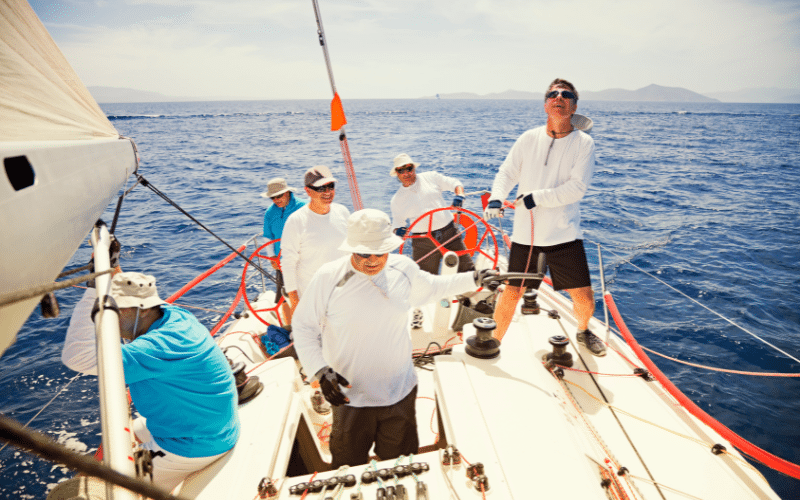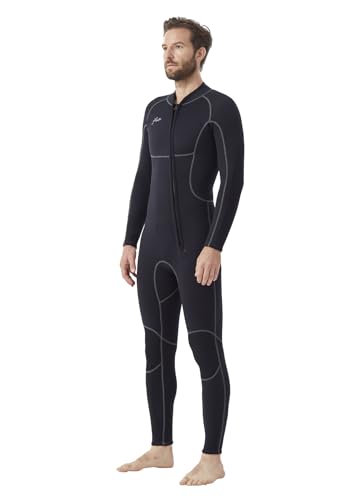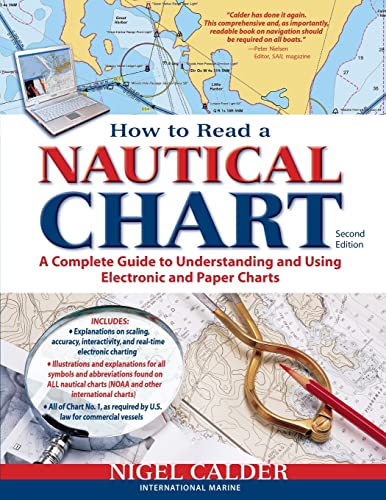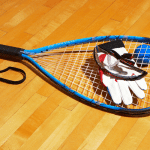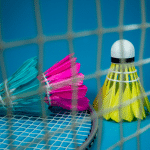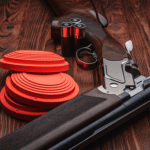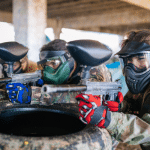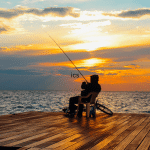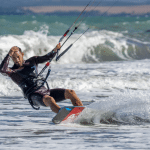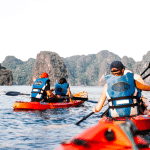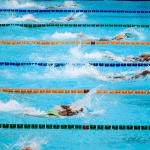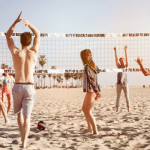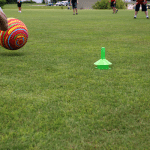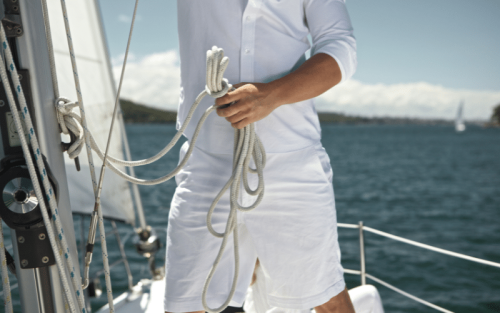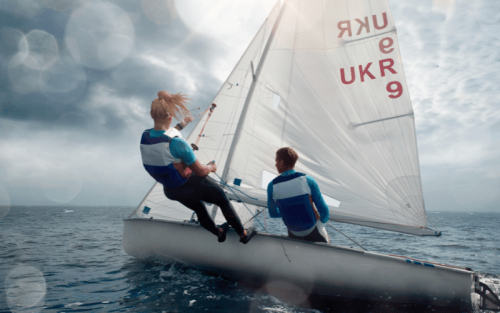Ready to master the waves, not just float on them?
Dive into our ultimate guide on sailing gear, because it’s not the size of the boat, but the arsenal aboard that charts the course!
Set sail with confidence; let’s unfurl the must-have list for every sea warrior. Anchors aweigh!

For Sailors:
- Sailing Boat (appropriate for the class being sailed)
- Life Jacket or Personal Flotation Device (PFD)
- Wet Suit or Dry Suit (depending on weather)
- Sailing Gloves
- Waterproof Watch
- Sun Protection (hat, sunglasses, sunscreen)
- Water Shoes
- Safety Knife
- Water Bottle
For Coaches and Teams:
- Coach Boat (for following and instructing sailors)
- Two-Way Radios (for communication)
- First Aid Kit
- Training Materials (navigation, tactics)
- Team Clothing
For Facilities:
- Marina or Docking Area
- Boat Storage
- Boat Maintenance and Repair Facilities
- Clubhouse (with locker rooms and showers)
- Rescue Boats
- Race Management Equipment (buoys, flags)
Equipment for Sailors
#1 Sailing Boat
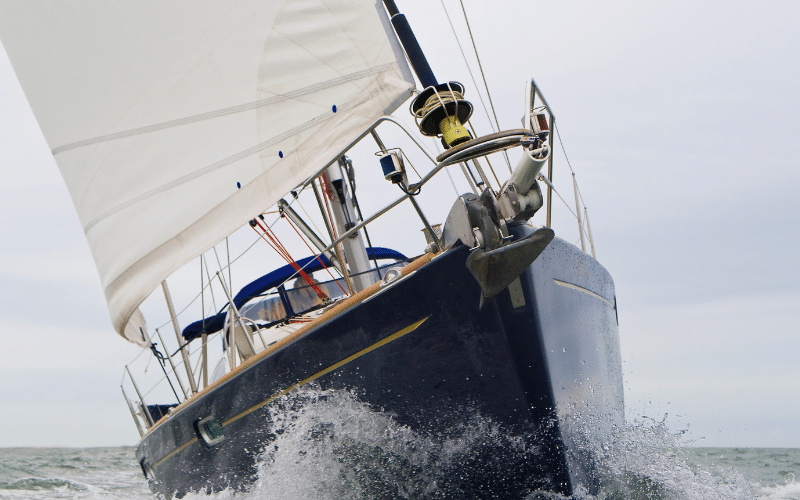
A sailing boat specifically designed for the class being sailed is the foundation of the sport. It ensures compatibility with race regulations and optimizes performance in various water conditions. A well-suited boat enhances the sailor’s connection with the water and wind.
#2 Life Jacket or Personal Flotation Device (PFD)
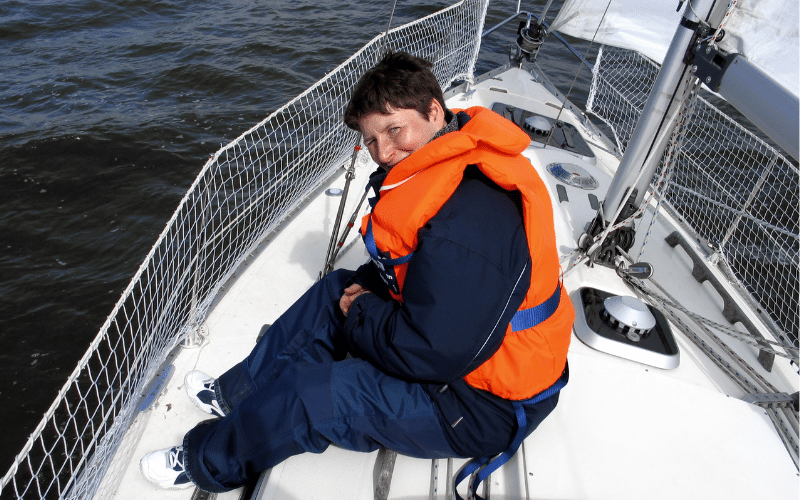
Safety is paramount in sailing, making a life jacket or PFD a critical component. It provides buoyancy and supports the sailor in staying afloat in case of capsizing or falling overboard, significantly increasing the chances of survival and rescue.
#3 Wet Suit or Dry Suit
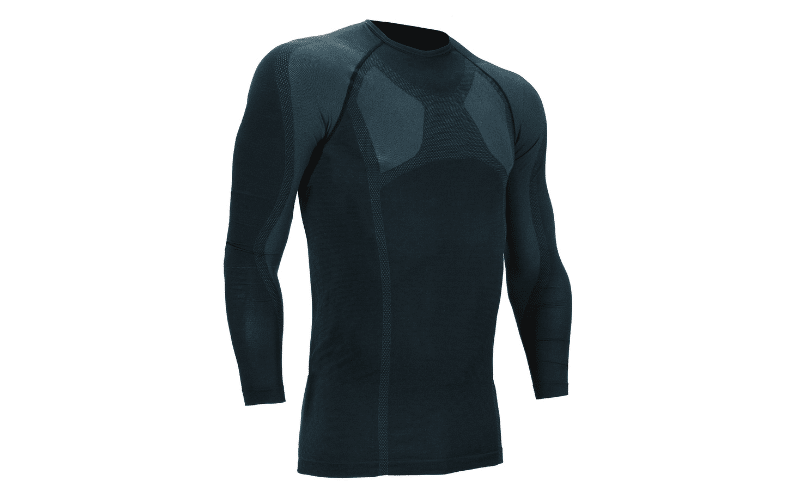
The choice between a wet suit or dry suit depends on weather conditions. These garments provide thermal insulation and protection from cold water, helping maintain body temperature and comfort, which is essential for concentration and endurance during sailing.
#4 Sailing Gloves

Sailing gloves protect the hands from blisters and cuts caused by handling ropes and equipment. They also offer better grip and control, allowing sailors to perform maneuvers with precision and without discomfort during extended periods on the water.
#5 Waterproof Watch
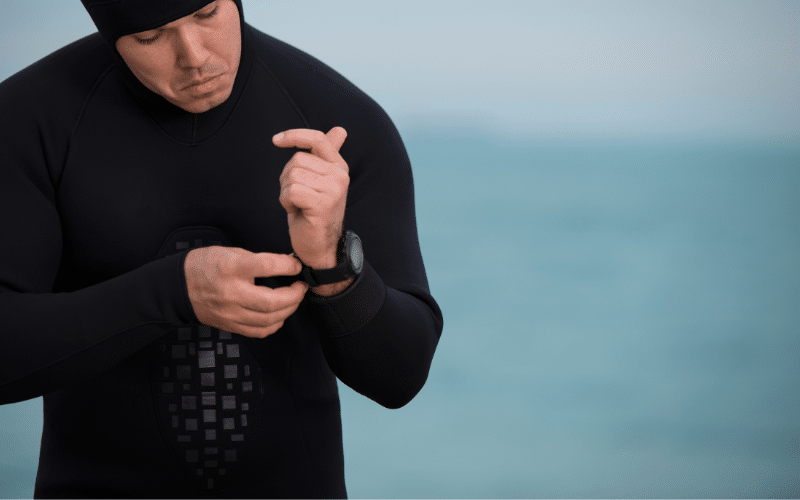
A waterproof watch is essential for timing races, tracking sailing progress, and monitoring weather changes. Reliable timekeeping helps sailors make strategic decisions and adhere to race start times and checkpoints.
#6 Sun Protection

Prolonged exposure to the sun’s harmful rays makes sun protection gear crucial. A hat shields the face, sunglasses protect the eyes, and sunscreen prevents skin damage, ensuring sailors maintain focus without the adverse effects of sunburn or glare.
#7 Water Shoes

Water shoes provide necessary traction on wet surfaces, reduce the risk of slipping on the boat, and protect feet from sharp objects in the water. Durable and quick-drying, they contribute to a sailor’s safety and comfort.
#8 Safety Knife

A safety knife is a vital tool for sailors to quickly cut through ropes or entanglements in emergency situations. It serves as a precautionary measure to escape potential hazards and maintain safety on board.
#9 Water Bottle
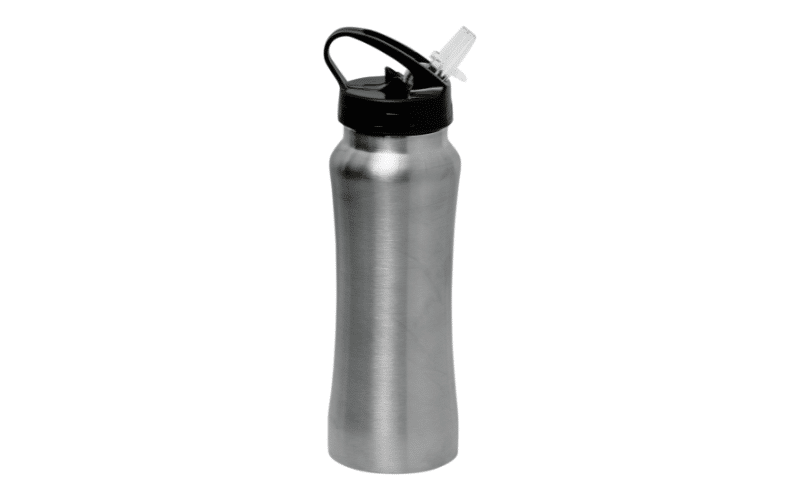
Hydration cannot be overlooked when sailing, as it helps prevent dehydration and keeps energy levels stable. A water bottle is an essential item, ensuring sailors can easily access fluids and stay hydrated throughout their time on the water.
Equipment for Coaches and Teams
#1 Coach Boat
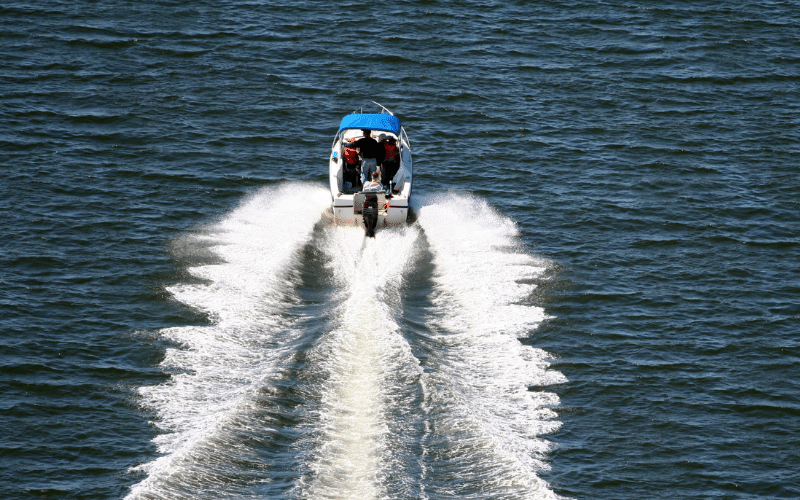
A coach boat is crucial for on-water guidance, enabling coaches to accompany sailors, provide real-time feedback, and facilitate strategic discussions. It also ensures safety by being a quick response vessel in case of emergencies.
#2 Two-Way Radios
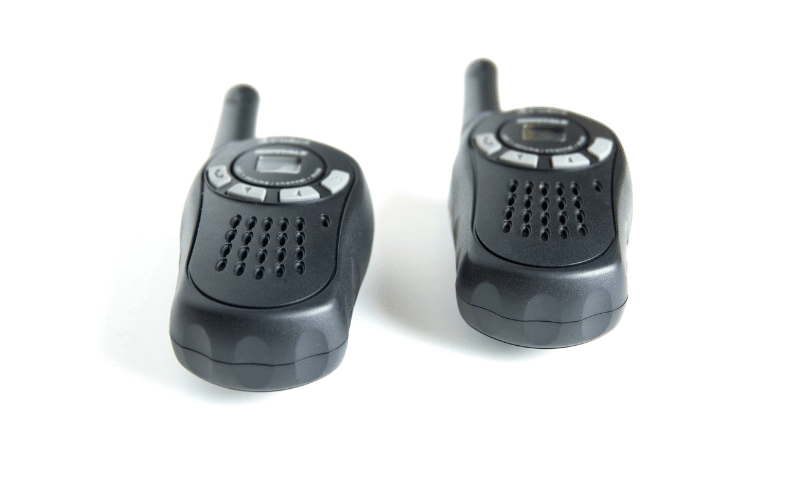
Two-way radios are vital for maintaining communication between coaches and sailors or between support staff during training and races. They allow for efficient transmission of tactical advice, safety instructions, and coordination during events.
#3 First Aid Kit
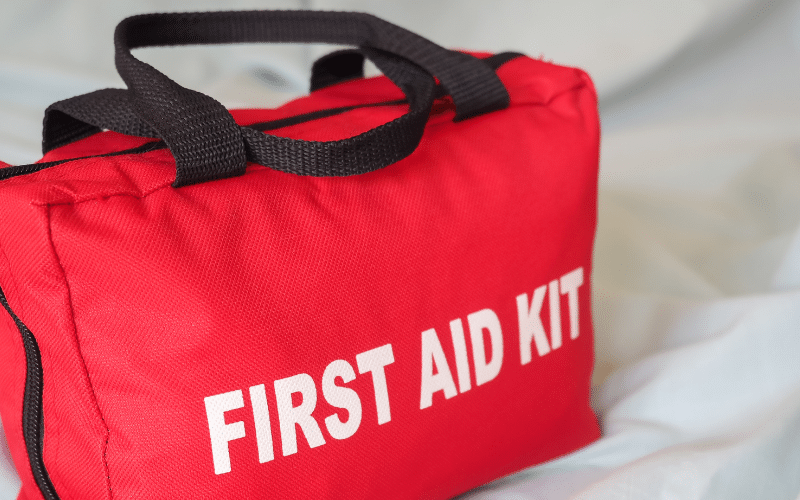
A well-stocked first aid kit is indispensable for addressing injuries and health emergencies on the water. It’s essential for immediate treatment of cuts, bruises, or more significant health issues, contributing to the wellbeing of the team.
#4 Training Materials
Training materials such as navigation charts, rulebooks, and tactical guides are critical for educating sailors on racing strategies and safety protocols. They serve as resources for ongoing learning and skill development.
#5 Team Clothing
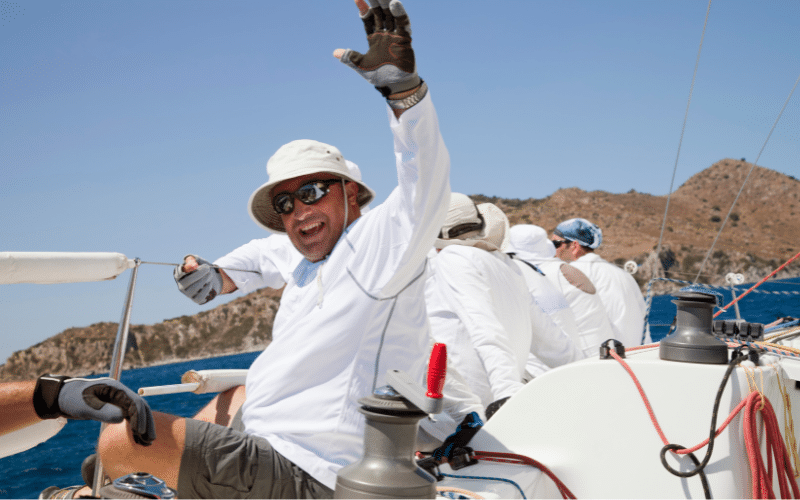
Team clothing, designed for functionality and uniformity, helps to identify members, instill a sense of pride, and protect sailors from the elements. It can range from branded waterproof gear to casual attire for off-water team gatherings.
Equipment for Facilities
#1 Marina or Docking Area
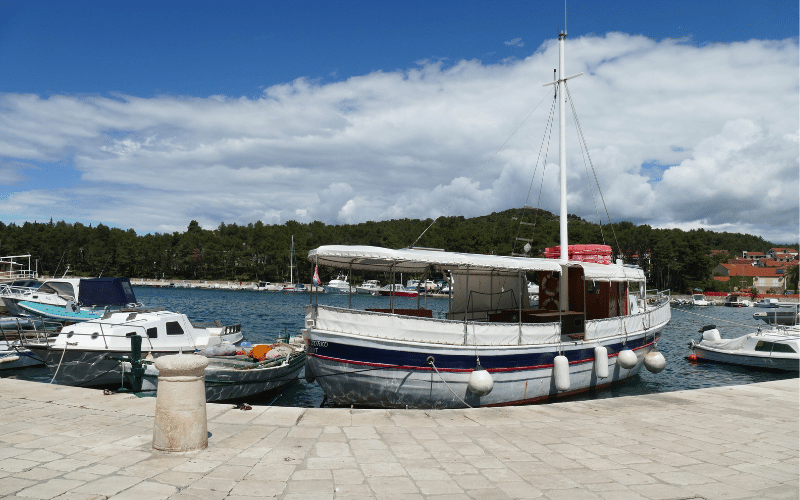
A marina or docking area is the primary interface between land and water for sailors. It provides a safe and accessible spot for boats to moor, facilitating easy embarkation and disembarkation. This infrastructure is vital for the protection of vessels when not in use.
#2 Boat Storage

Boat storage offers a secure space to protect and house sailing vessels when they are not on the water. Efficient storage prevents damage from environmental conditions and minimizes space consumption. Proximity to sailing activities ensures quick access and improves logistic efficiency for sailors and teams.
#3 Boat Maintenance and Repair Facilities
Maintenance and repair facilities are crucial for the upkeep and longevity of sailing boats. Providing access to repairs, mechanical services, and routine maintenance ensures that vessels remain in optimal condition, promoting safety and performance during sailing activities.
#4 Clubhouse (with locker rooms and showers)
A clubhouse with amenities such as locker rooms and showers offers sailors comfort and convenience. This space is a hub for social interaction, strategic discussions, and provides facilities for sailors to change, refresh, and store personal items securely, enhancing the overall sailing experience.
#5 Rescue Boats
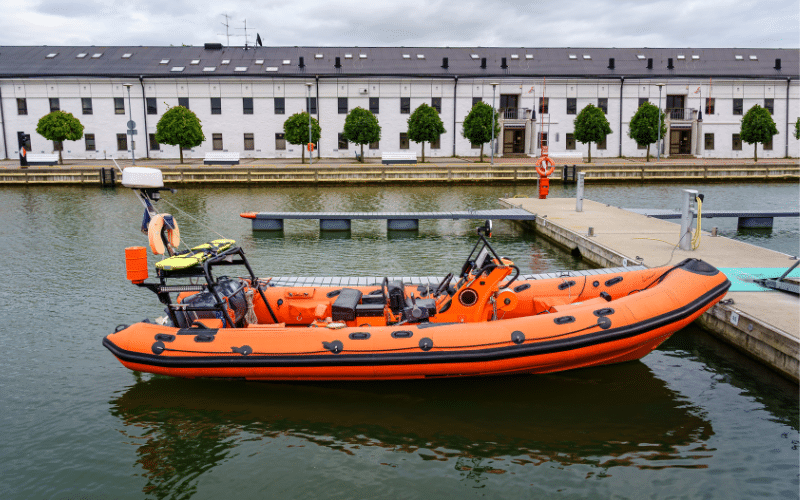
Rescue boats are an essential safety measure at sailing facilities. These specialized vessels are equipped to respond to emergencies on the water, offering rapid assistance to sailors in distress. Their presence increases the confidence and safety of everyone partaking in sailing activities.
#6 Race Management Equipment (buoys, flags)
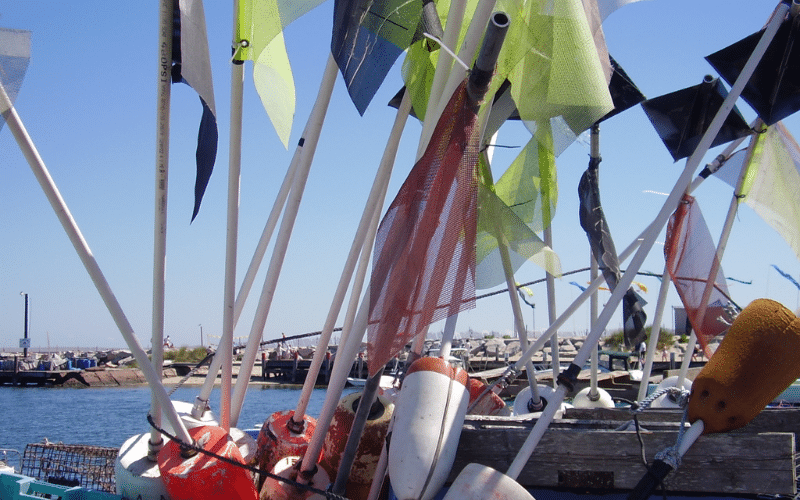
Race management equipment like buoys and flags are foundational for organizing sailing competitions. Buoys delineate the racecourse, providing direction and challenges for competitors, while flags are used for signaling, ensuring clear communication of race status and instructions to sailors and support teams.

FAQ
What equipment do you need to play Sailing?
A sailboat, life jackets, sails, rigging, and a compass are the equipment you need to play Sailing. These are essential for navigation, safety, and control of the vessel.
What is the most important equipment in Sailing?
The sailboat itself is the most important equipment in Sailing, as it is the primary medium for this water sport, encompassing the hull, mast, rigging, and sails.
What is a recommended list of Sailing equipment for beginners?
Here’s a recommended list of Sailing equipment for beginners: a dinghy or small keelboat, life jacket, gloves, non-slip shoes, waterproof clothing, and a simple navigation aid. This gear helps ensure safety and comfort.

